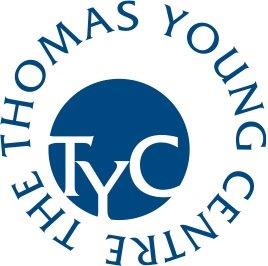

- This event has passed.
TYC Soiree: Modelling mineralization process
24 February 2022 @ 11:00 am – 1:00 pm

Watch a recording of the soiree here
Paolo Raiteri – Curtin
Atomistic simulations of ion-association, surface adsorption and mineral dissolution processes; pitfalls and successes
Mariette Wolthers – Utrecht
How minerals grow and dissolve: insights from simulations and experiments
Abstracts:
Atomistic simulations of ion-association, surface adsorption and mineral dissolution processes; pitfalls and successes – Paolo Raiteri – Curtin
The diffusion of “easy” to use software is providing an attractive opportunity for scientists. In particular, molecular dynamics is becoming an ubiquitous research tool in science, with applications ranging from DNA and membrane permeation to energy storage materials and minerals. The ever-increasing computer power that is available through supercomputing facilities is pushing the boundaries of what can be simulated far beyond what we could have imagined a decade ago.
In this talk I will discuss some of the work we have performed in the past few years to model the growth/dissolution of minerals in water where we used classical thermodynamics and experiments to help us avoid (some of) the potential pitfalls of computational geochemistry. In particular, I will focus on the development of thermodynamically accurate force fields for molecular dynamics and briefly discuss how we can compute the solubility of sparingly soluble salts. I will then show some recent work we have carried out on the adsorption of small molecules on calcite, and, if time permits, on the use of static electric fields in periodic atomistic simulations.
How minerals grow and dissolve: insights from simulations and experiments – Mariette Wolthers – Utrecht
During mineral growth and dissolution, material (in the form of atoms, molecules, complexes, or clusters) is transported through water to or from the mineral surface. Even in a solution that is at equilibrium with respect to a given mineral, there is transport to and from the surface. The rate of dissolution or growth can vary locally depending on a complex interplay of the energy landscape of the mineral surface [1], water exchange kinetics [2] and the chemical composition and transport properties in the interfacial fluid [3].
In this talk, I will discuss how simulations at different time and length scales can be linked to experimental observations to unravel the influence of these local interfacial characteristics and processes on calcite dissolution and growth.
References: [1] E.g. Koskamp et al. (2021) Minerals, 11, p 407; Heberling et al. (2021), Environ. Sci. Technol. 55, p 12403-12413; see also Wolthers (2015), Science 349 (6254), p 1288. [2] E.g. De La Pierre et al. (2016) Cryst. Growth Des., vol. 16, p 5907–5914; Wolthers et al. (2013) CrystEngComm 15, p 27. [3] Agrawal et al. (2021) Geochim. Cosmochim. Acta, 307, p 338-350.
Organised by:
Devis Di Tommaso
d.ditommaso@qmul.ac.uk
Meeting ID: 977 4584 0071 Passcode: TYCSymp
